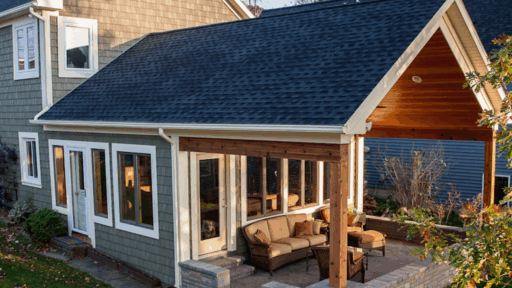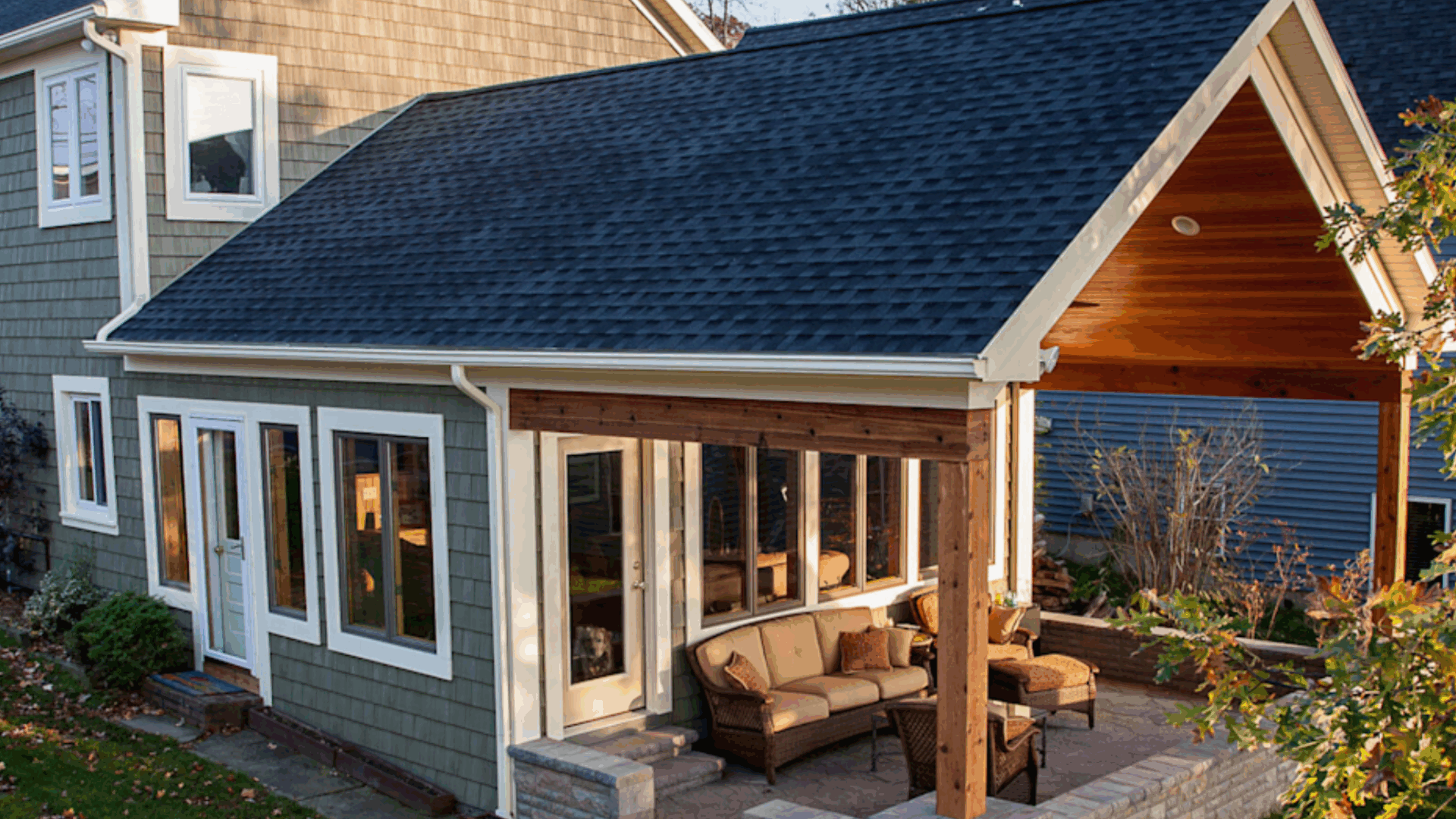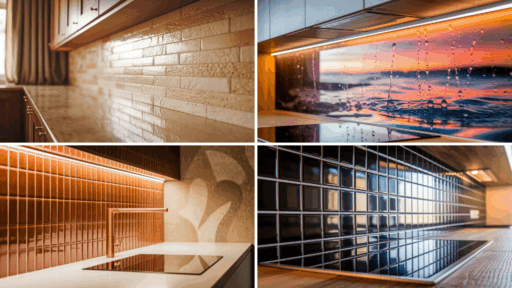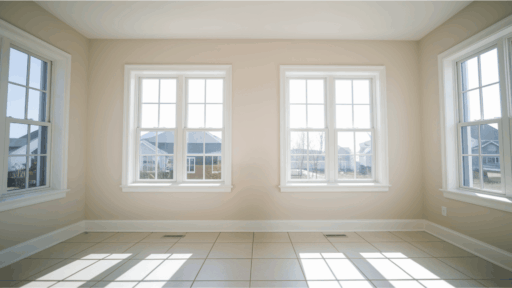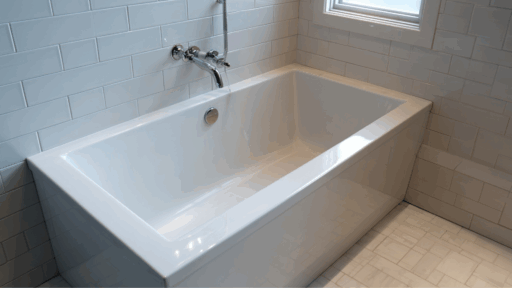Your home is talking to you. It’s whispering through cramped closets, shouting from overcrowded kitchens, and pleading through that spare room you’ve been using as a glorified storage unit. The message? “Help me grow.”
Home additions have become the secret weapon of savvy homeowners who refuse to settle for “good enough.”
While your neighbors debate whether to move or improve, you’re about to understand how strategic expansions can turn your current house into the home of your dreams, without the hassle of packing boxes or hunting for new neighborhoods.
Ready to stop living small? We’re about to learn practical, budget-conscious addition ideas that will make your space work harder, look better, and feel infinitely more livable.
Why Add a Home Extension?
Smart extensions solve the space puzzle without the stress of moving. They’re your chance to customize your home around how you live, not how someone else designed it decades ago.
Space Optimization: Making Every Square Foot Count
A thoughtful extension creates dedicated zones for work, play, and relaxation, eliminating the daily shuffle of clearing dining tables for laptop meetings or hunting for quiet corners in open-plan chaos.
Increased Home Value: Your Investment Working Overtime
Quality home extensions typically return 60-80% of their cost at resale, outperforming other home improvements. You’re not just gaining space; you’re building equity that grows with wise choices tailored to buyer preferences.
Popular Types of Home Additions
From vertical expansions that double your footprint to clever conversions of forgotten spaces, the right addition type depends on your lot size, budget, and lifestyle needs.
1. Second Story Addition
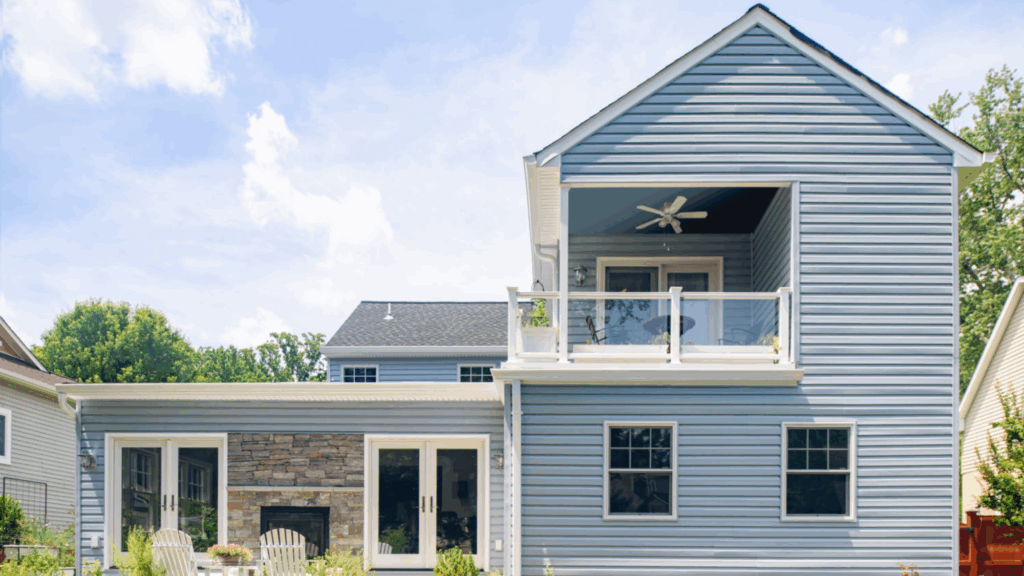
Adding a whole second level provides maximum space gain with minimal yard sacrifice. Perfect for families outgrowing single-story homes on smaller lots where expanding outward isn’t feasible.
- Pro: Doubles living space without reducing yard area
- Con: Requires structural reinforcement of the existing foundation
2. Bump-Outs
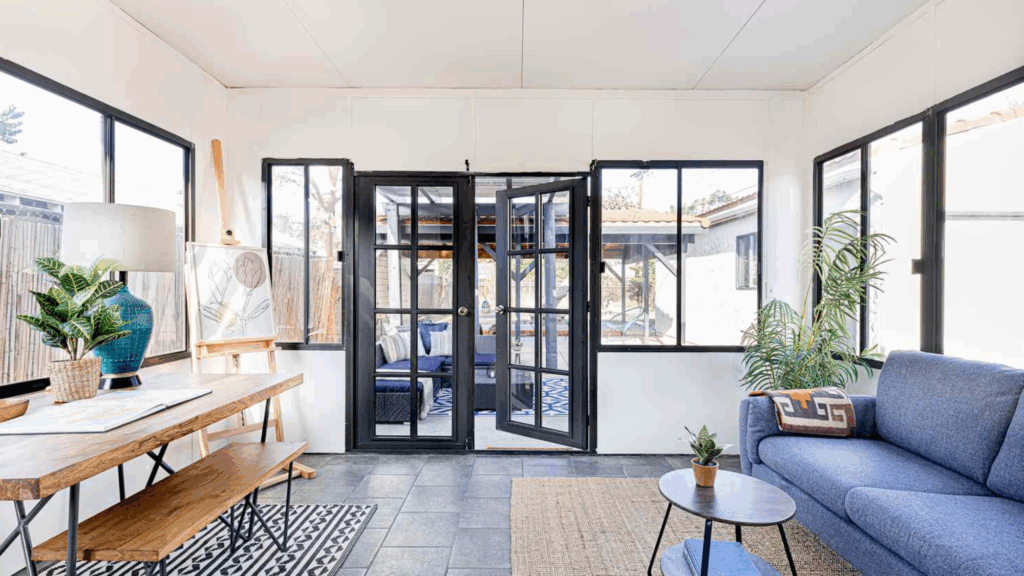
Small 4-8 foot extensions that expand existing rooms without significant structural changes. Ideal for enlarging cramped kitchens, adding master bath space, or creating cozy breakfast nooks.
- Pro: Lower cost than full additions with minimal disruption
- Con: Limited space gain for the investment
3. Sunrooms and Conservatories
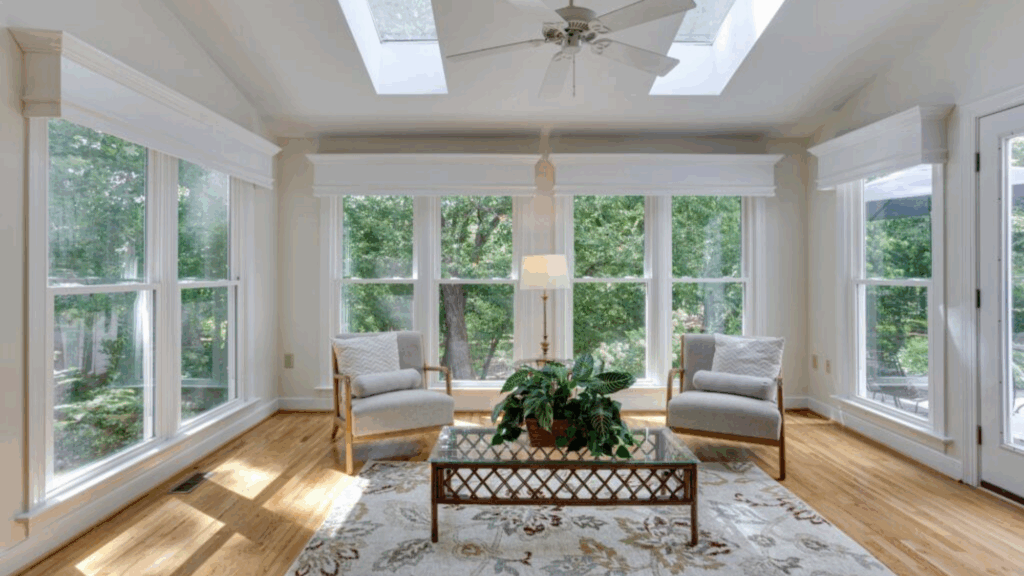
Glass-enclosed spaces that blur the boundaries between indoor and outdoor areas, providing year-round usability. Perfect for plant lovers, morning coffee enthusiasts, or families wanting bright, cheerful gathering spaces.
- Pro: Natural light boosts mood and energy levels
- Con: Temperature control challenges year-round
4. Garage Conversions
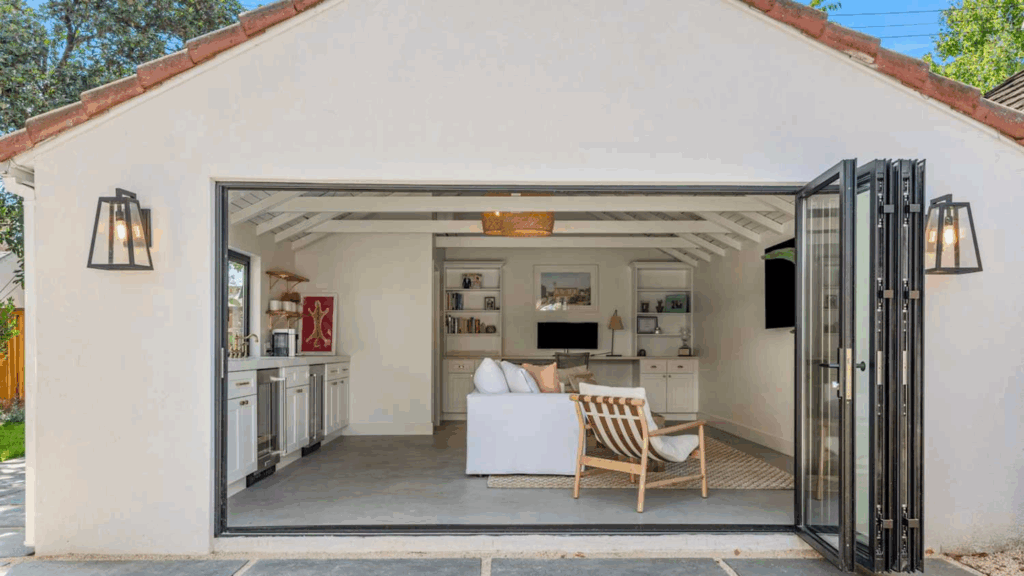
Convert underutilized garage space into bedrooms, home offices, or entertainment areas. Smart choice for families who park outdoors anyway or need immediate additional living space.
- Pro: Uses existing structure, making it fastest and most affordable
- Con: Eliminates covered parking and storage space
5. Basement or Attic Conversions
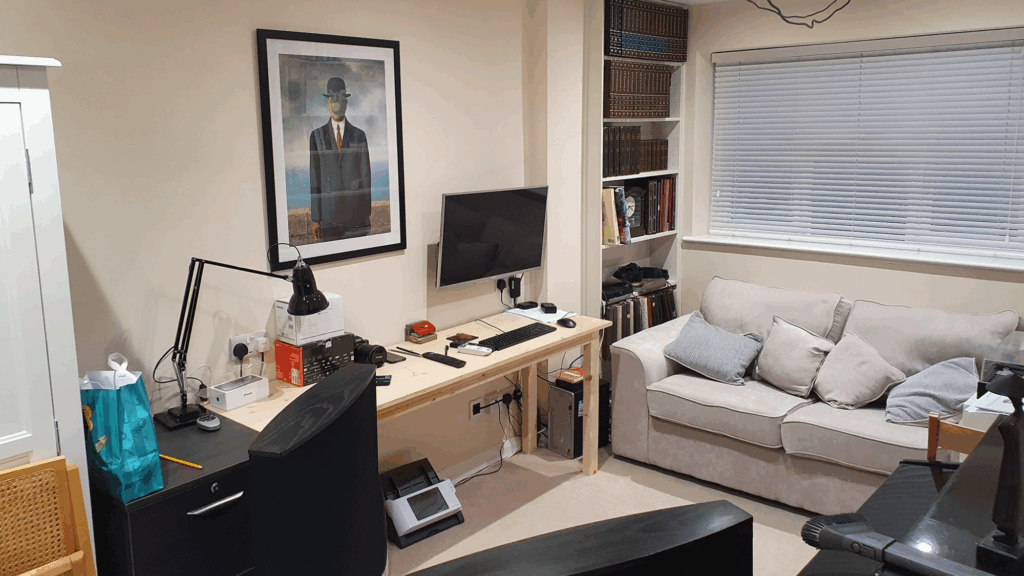
Turn forgotten vertical spaces into functional living areas like home theaters, guest suites, or recreational rooms. Ideal for maximizing existing square footage without changing your home’s exterior footprint.
- Pro: Cost-effective way to gain livable space using existing structure
- Con: Often requires extensive electrical, plumbing, and insulation upgrades
Functional Home Addition Ideas
Smart additions solve specific lifestyle challenges while adding measurable value. Focus on spaces that address your family’s daily needs and long-term goals rather than following fleeting trends.
6. Home Offices and Studios
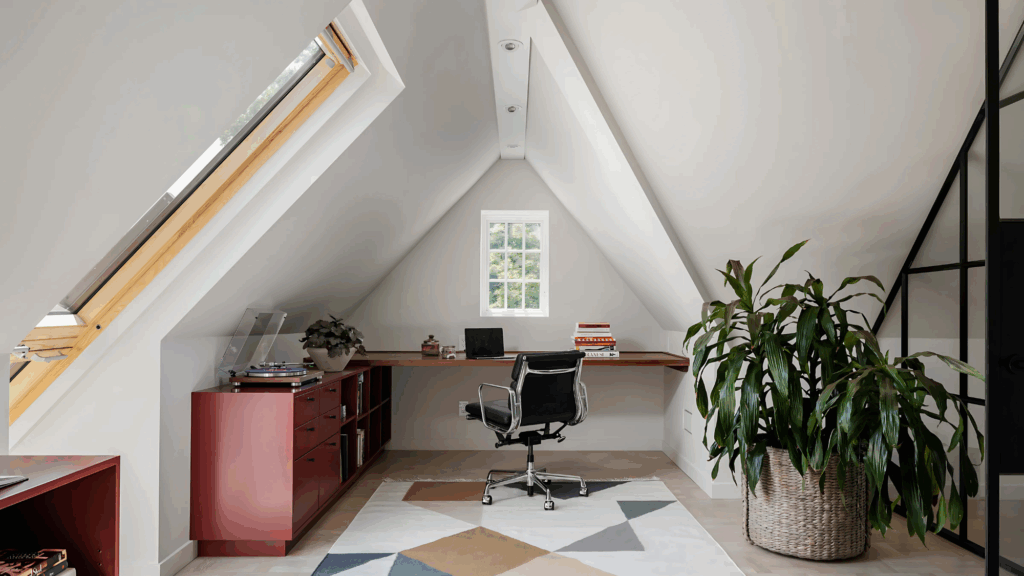
Dedicated workspaces with proper lighting, ventilation, and technology infrastructure boost productivity while separating work from family life. Consider soundproofing, ergonomic design principles, and flexible furniture.
- Pro: Increases home value while providing tax deduction opportunities
- Con: May become obsolete if work situations change
7. Guest Suites
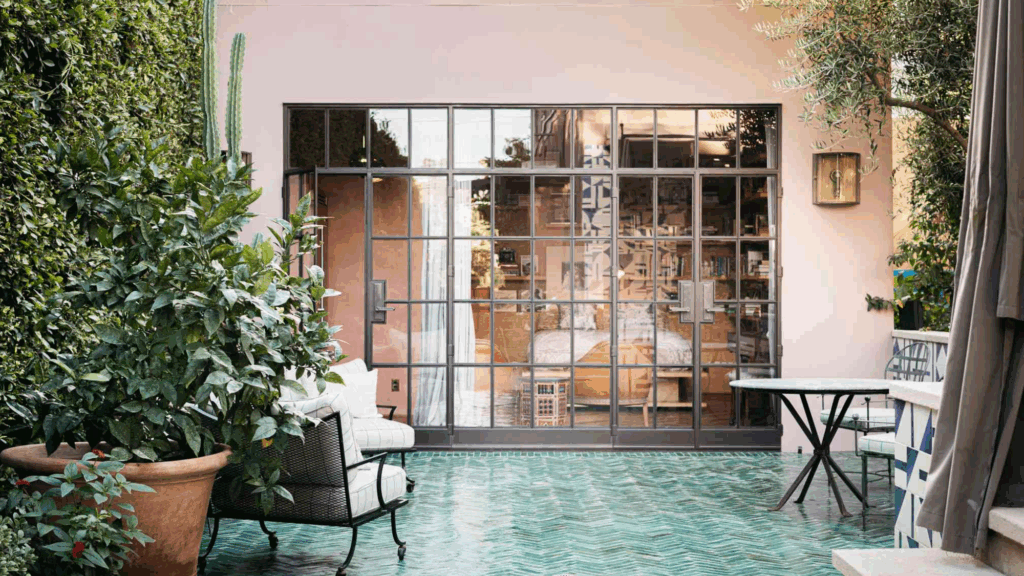
Well-designed guest spaces include sleeping areas, private bathrooms, and small kitchenettes that allow visitors to feel independent while remaining connected to family activities.
- Pro: Generates rental income potential or multigenerational living options
- Con: Requires additional bathroom and kitchen facilities, increasing costs
8. Expanded Kitchens or Dining Rooms
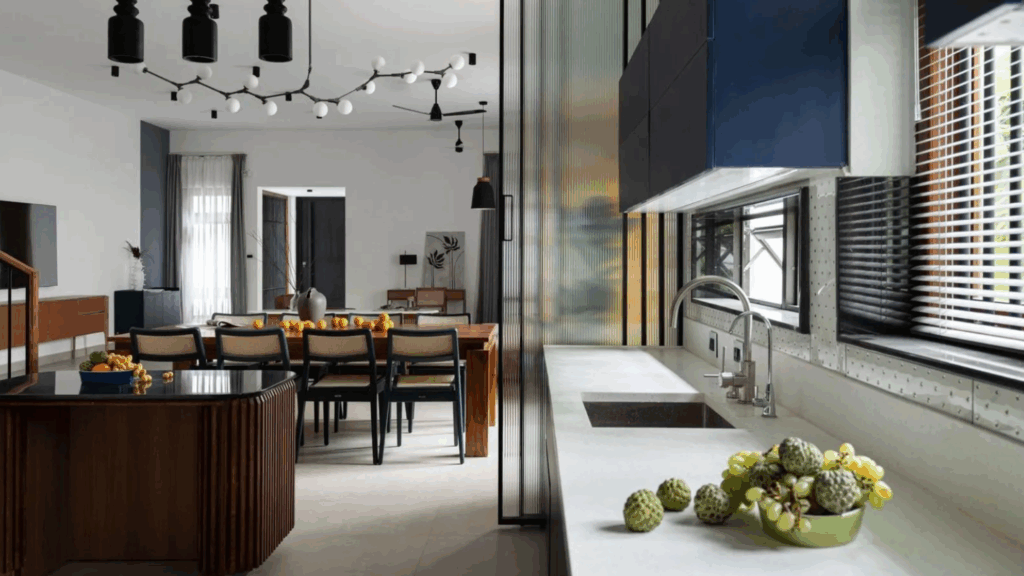
Larger cooking and entertaining spaces accommodate modern family needs while becoming the natural heart of home activity. Consider island seating, pantry storage, and open sight lines that keep cooks connected to family conversations and activities.
- Pro: Highest return on investment of any home addition type
- Con: Major disruption to daily routines during construction
9. Multipurpose Rooms
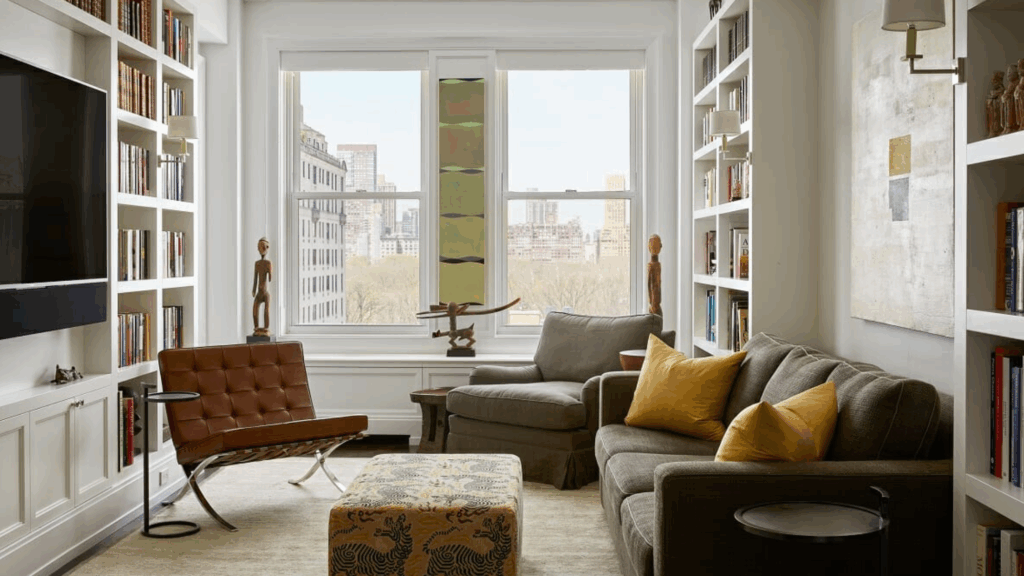
These rooms can serve as home gyms in the morning, children’s play areas in the afternoon, and entertainment spaces in the evening, thanks to clever design and organizational systems.
- Pro: Maximizes functionality per square foot with adaptable design
- Con: Compromise solutions may not excel at any single function
10. Smart Home Integration
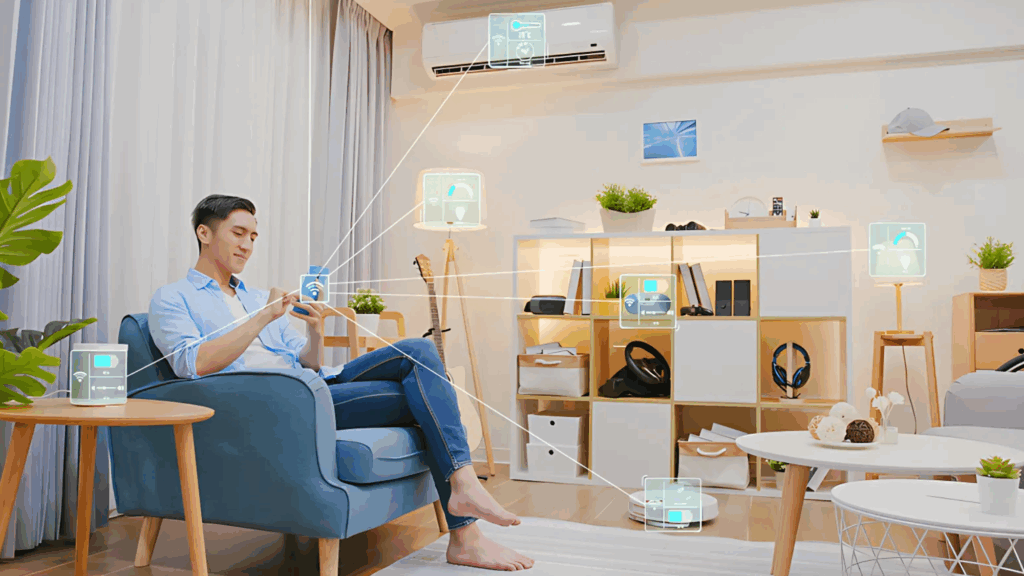
Modern innovative additions can learn your daily routines, adjust temperatures before you arrive, and provide remote monitoring capabilities that enhance both comfort and peace of mind.
- Pro: Appeals to tech-savvy buyers while improving daily convenience
- Con: Technology becomes outdated quickly, requiring future upgrades
Budgeting and Planning Your Home Addition
The difference between success and disaster lies in thorough upfront planning and realistic financial preparation.
| Section | Details |
|---|---|
| Key Considerations | Check zoning, structure, and utility locations before starting. |
| Budget & Timeline | Expect $100-$ 300/sq ft for basic, and $300-$ 500/sq ft for high-end. |
| Working with Pros | Hire licensed, insured experts and set clear contracts. |
Choosing the Right Materials for Your Home Addition
Material selection determines the longevity, appearance, and ongoing costs of your addition for decades to come.
Durable, Cost-Effective Materials That Match Your Home’s Style
Choose materials that complement your home’s existing architecture rather than competing with it.
- Sample materials in different lighting conditions before final decisions
- Check manufacturer warranties and local dealer support availability
- Consider resale appeal; unique materials may limit future buyer interest
- Factor installation complexity into total project costs
Energy-Efficient Options to Reduce Long-Term Costs
Modern building materials offer superior insulation and weather resistance compared to older alternatives.
- Prioritize air sealing and insulation over expensive mechanical systems
- Choose ENERGY STAR certified windows, doors, and appliances
- Install programmable or smart thermostats for zoned climate control
- Consider solar-ready electrical panels for future renewable energy upgrades
Conclusion
Smart additions enhance your property value, alleviate the stress of outgrowing your space, and create environments tailored to your actual lifestyle.
Every day in your enhanced home becomes a reminder that you chose to invest in your comfort and lifestyle rather than settling for limitations.
Ready to stop dreaming and start building?
Begin by consulting a local architect or contractor specializing in residential additions. Your future self will thank you for taking that first step toward the home you’ve always wanted.
Start your addition quest today; contact three local professionals for initial consultations and discover what’s possible for your space.

